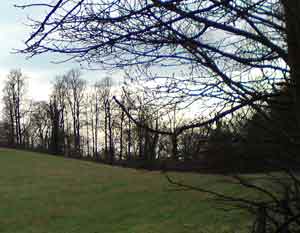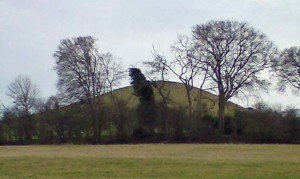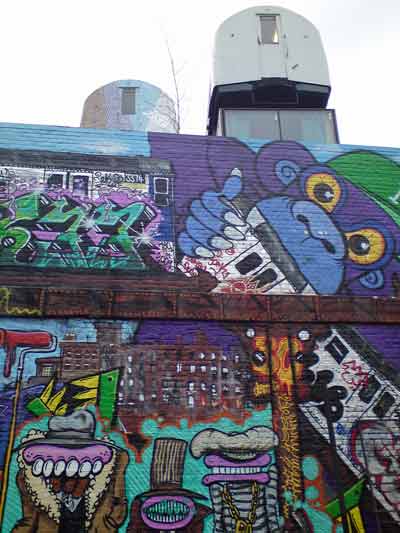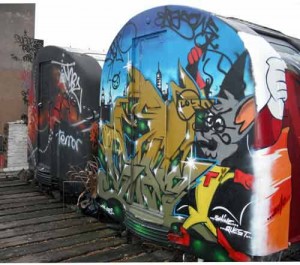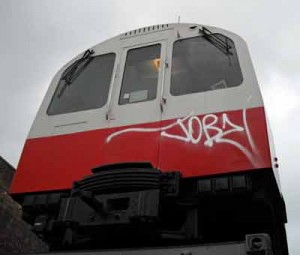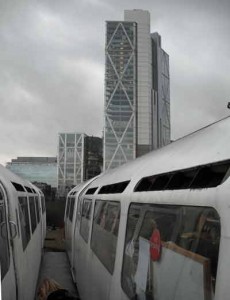Just been watching the second half of Eurovision while trying to start writing Chapter Five. I’ve convinced myself that it’s good research for the novel as it shows the pervasiveness of English across Europe — or actually the Eurovision area which stretches as far as Israel and Azerbaijan.
At least three-quarters of the countries sang in English and, so far, every single country has given their votes in English (we’ve not got to France yet). It shows the way that a younger generation of Europeans, possibly those who started secondary education after the fall of the Berlin Wall, have almost appropriated a version of English as their lingua franca.
I’ve been in a reasonably good position to follow this as I’ve worked for the last eight or so years in a job that has involved frequently meeting colleagues from all over Europe — and travelling pretty extensively. While bearing in mind my own, and that of the British overall, pretty dreadful mastery of language skills (only exceeded by the Americans), I’ve found that English speaking ability is a bit unpredictable in people over around 40 — some very educated people can struggle. However, younger people, at least those I’ve met in a work context, are almost exclusively excellent at spoken English. There’s no hestiation or nervousness — just fluency, albeit often marred to British ears by an American accent.
One reason for this is that many Europeans spend a time living in this country to help their English skills. I’ve been doing a writing course at City Lit in Covent Garden for the last few weeks and fellow course members include a German, an Italian, Â a Dane and a Japanese. The Europeans are so fluent at English that if you were to transcribe the words coming out of their mouths there would be very little difference to a ‘native’ English speaker — perhaps they would be slightly more formally accurate. While the Japanese student has quite a strong accent, she took one of the Londoners to task about her grammar — saying she was trying to learn English and couldn’t understand how the sentences had been constructed.
All this is, of course, is my self-justification for writing much of Kim’s dialogue in fluent English — but I think that’s the most accurate thing to do. I don’t think she’ll feel or behave like a foreigner at all when she’s in London — as London really is such a cosmopolitan city. (Bren Gosling’s novel about an immigrant in London is another example.) Yet, when Kim leaves, she’ll just about cross that almost tangible border between the influence of London and that of rural England. I tend to think of it in terms of motorway junctions — J5 on the M40, J12 of the M4 — but the motorways extend London’s influence out along their corridors. I see The Angel pub being the other side of London to Amersham and Wycombe — and so really in another world culturally. Kim will feel like she’s in another country then, to begin with.
But she’d be celebrating tonight with Germany having won Eurovision in the end. As the (over 30) Executive Supervisor of Eurovision said of the big flash-mob dance — ‘it was so fun’.

